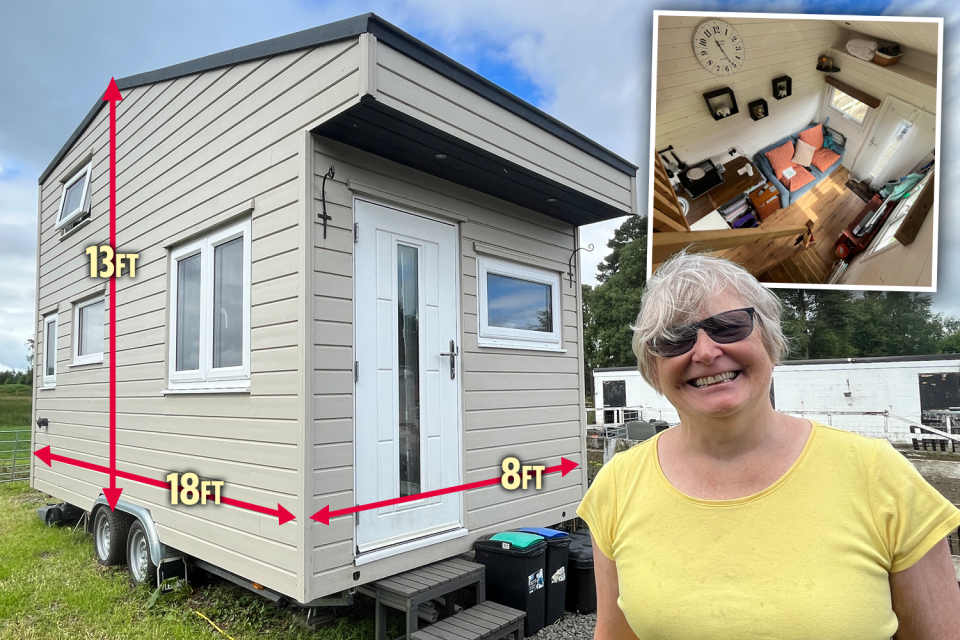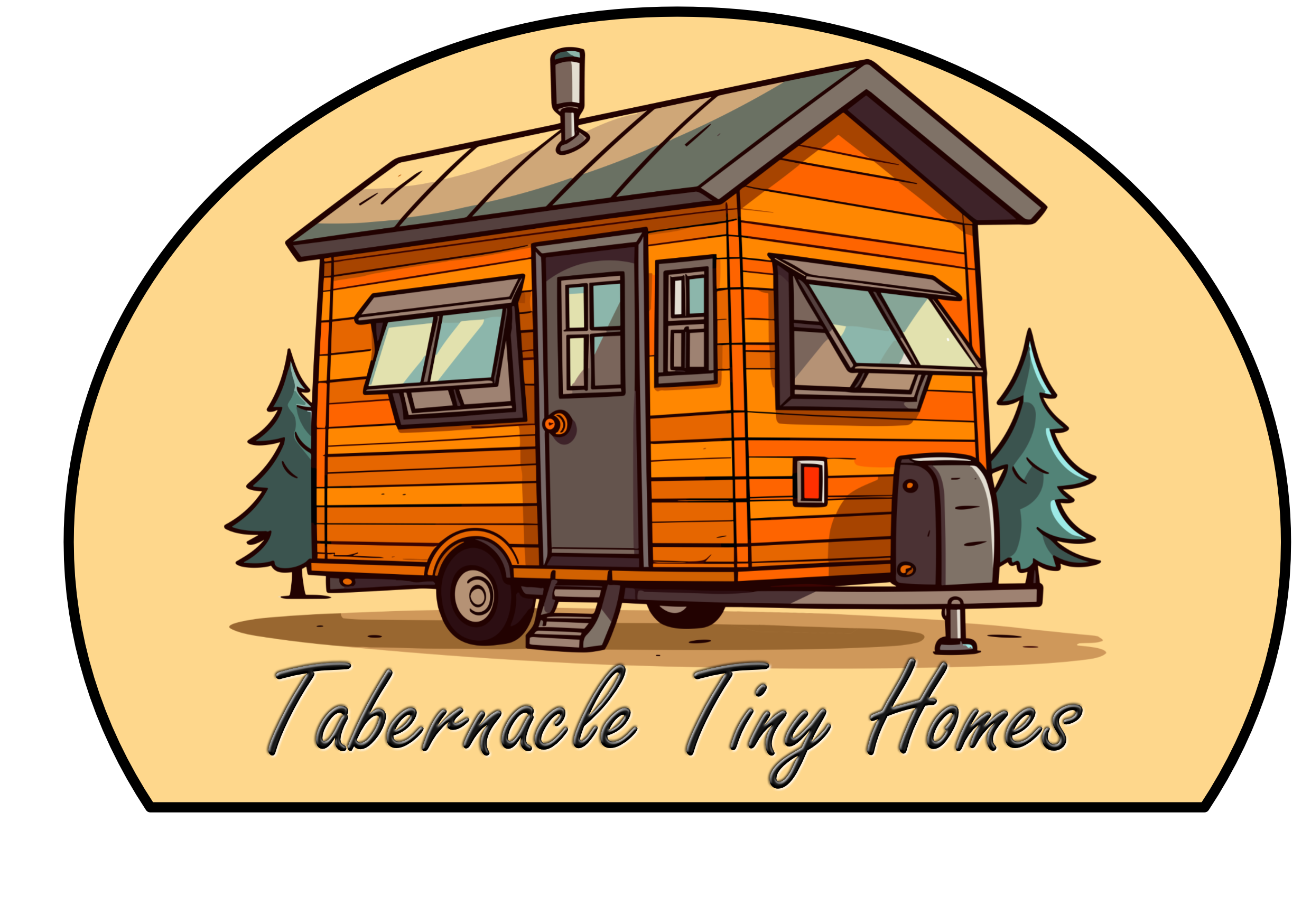Planning Permission for a Tiny Home

The home is great for people who want to be eco-conscious and move towards a life off-grid.
With a few little additions – like solar panels – someone could do exactly that.
“Or the place could even be used as a holiday let such as Air B&B.”
“The impact on the environment living in this is negligible compared to living in a house and people who don’t have a massive amount of money, want smaller spaces and want to support the environment, with this being said.. Living off grid or out in the countryside, it also has its health purposes too.. being out with nature is a huge help with your health, clearning your head from all debts that arrive with a house such as mortgages and tie down bills coming in each month, this keeps you so focussed on the rat race, you forget who you are and the whole purpose of living.
Being out in the countryside or nature brings a breath of fresh air, clears your head and takes a huge amount of stress or pressure of bills constantly arriving through the letterbox. Take a walk along the countryside and enjoy the views, gain some exercise to get your blood flowing naturally, take up a hobby or even work from home and enjoy your life & the beauty of nature.
Where can I put my Tiny House in the UK?
This is a good question. It’s something many people ask as they are unsure and with planning permission being it a Tiny Home on wheels, which category does it fit into and would it require planning with the local planning authority? You can legally put your tiny house in a number of places including;
Within the curtilage of your home/dwelling i.e in the garden
On a plot of land, such as farmland for a period of 28 days or you can place it there for longer under permitted development rights and/or with a certificate of lawful development, this would be under the category of a caravan, module building or residential mobile home.
On a caravan site as tiny houses are movable homes on wheels, therefore they fall under the caravan rules & regulations – find sites that have long-term seasonal pitches or areas that have air B & B rentals which may give you the opportunity to site yours their also.
On a park home / residential home site – this can be done if your tiny house is built to specific standards such as BS:E3632:2015 (must be no more than 3.05m tall)
On land where you’ve applied for planning permission within a residential area
On a glamping site for holiday let purposes (with planning permission approved)
On a certified site, offered as a site management building – check out ‘freedom camping’
Here’s the legal definition of a ‘caravan’;
Section 29 (1) of the Caravan Sites and Control of Development Act 1960 defined a caravan as:
“… Any structure designed or adapted for human habitation which is capable of being moved from one place to another (whether being towed, or by being transported on a motor vehicle or trailer) and any motor vehicle so designed or adapted.
You can legally live within the tiny house in a few different situations;
In your garden or within the curtilage of your home if it’s used as a secondary building – not as the main dwelling.
Under permitted development rules, you can place a tiny house on your land like you would a caravan (there are circumstances when you can’t potentially do this, such as in an Area of Outstanding Natural Beauty (AONB) or near a heritage site (on the Stonehenge site for example).
On a caravan site
On a park home site
On a glamping site or holiday let for commercial purposes
Things can get a little complicated with the planning issues surrounding tiny houses especially site licenses, but the main point is that owning and living within a tiny house is completely legal under many circumstances.
paying council tax as the main dwelling is council tax liable, like a granny flat or annex would.
Note* During the time the tiny home is residing on your property, you will not need to pay council tax, however, as soon as you move it to private land, you will need to declare your new residence and arrange council tax accordingly.
Are tiny houses legal in the U.K?
Absolutely! A tiny house in the eyes of the law is a caravan, that is if it’s on a trailer or it’s movable, such as on a temporary foundation and removable via a truck. If a tiny house doesn’t have a trailer, then it could be classified as either a granny annexe / Module building / ancillary building and even a caravan still as the term does not cover a structure built for human habitation to ‘must’ have a trailer. Whatever classification it comes under, tiny houses are legal in the UK. The legality part comes into where to place your tiny house. As we mentioned above, for it to be a legal structure, you’ll more than likely need to apply for planning permission, if it has wheels or not.
Please send us your enquiry regarding help for Planning permission of one of our Tiny Homes or custom built business buildings. We can help with all types of planning, from the building to approval of siting.

